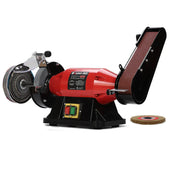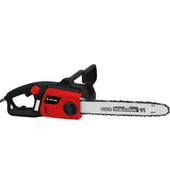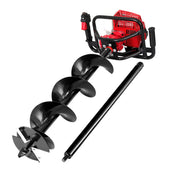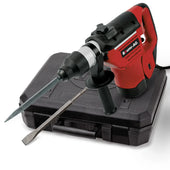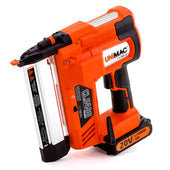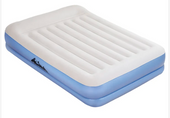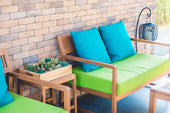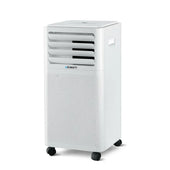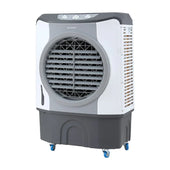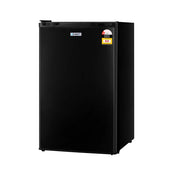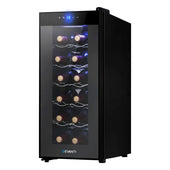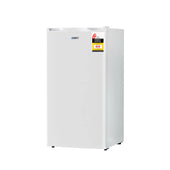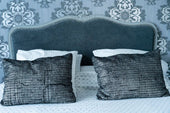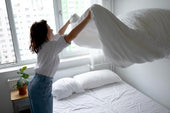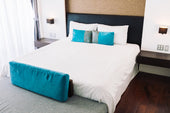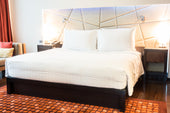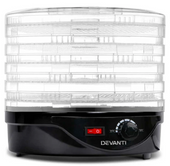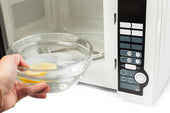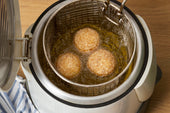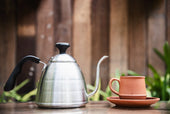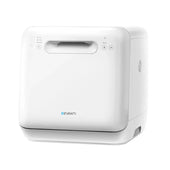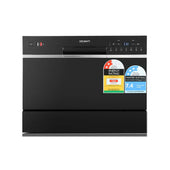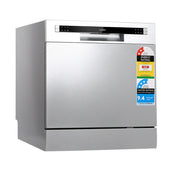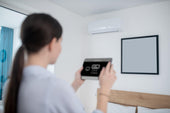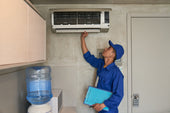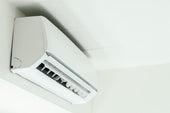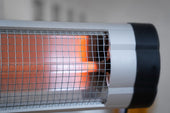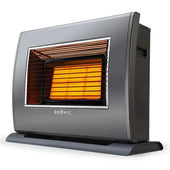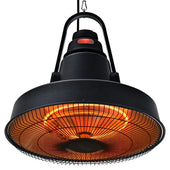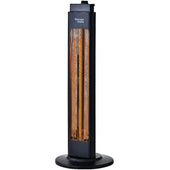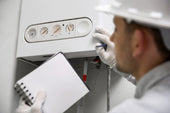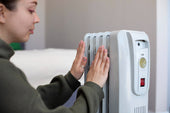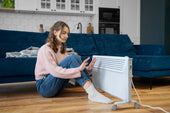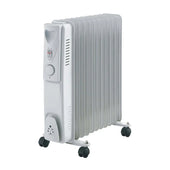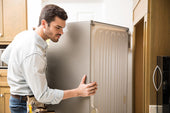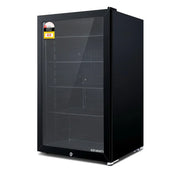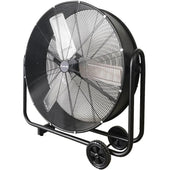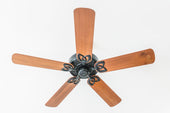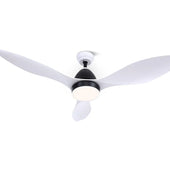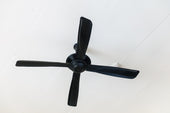Introduction: Why Choosing the Right Bedside Table Material Matters
Selecting the ideal material for a bedside table is more than just a matter of aesthetics; it directly impacts functionality, longevity, and ease of maintenance. Materials can vary significantly in their resistance to wear, stains, and environmental factors. For instance, wood adds timeless elegance but may require periodic polishing, while metal offers modern appeal and durability but could be prone to rust if untreated.
The choice of material also influences how the table complements the overall bedroom décor. Additionally, for individuals with specific needs, such as easy cleaning or allergen resistance, knowing the properties of different materials during days becomes essential. Each option carries unique advantages and potential drawbacks.
Wooden Bedside Tables: A Classic and Versatile Choice
Wooden bedside tables offer timeless appeal and unmatched versatility, blending seamlessly with any bedroom aesthetic. They are crafted from various types of wood, such as oak, pine, walnut, or acacia, each offering a unique grain pattern and colour tone. The natural warmth and durability of wood make it ideal for long-term use while enhancing the room's décor. Regular care, such as dusting with a soft cloth and occasional polishing, keeps the material looking pristine. Wooden tables can also be customised with stains, finishes, or paint to suit evolving tastes, making them a practical investment for homeowners.
Metal Bedside Tables: Durability Meets Style
Metal bedside tables offer a perfect blend of robustness and aesthetic appeal. Known for their unmatched durability, they withstand both daily wear and environmental factors like humidity without warping or cracking. A variety of finishes, including polished chrome, matte black, and elegant brass, allows them to complement modern, industrial, or vintage interiors.
Advantages of Metal Bedside Tables:
- Durability: Resistant to scratches and dents, making them a long-lasting choice.
- Low Maintenance: Easy to clean; a quick wipe with a damp cloth restores their shine.
- Design Variety: Sleek, minimalist designs provide versatility for diverse décor themes.
Metal tables often feature intricate detailing or bold shapes that add visual interest while retaining practicality.
Glass Bedside Tables: Modern Elegance with a Fragile Touch
Glass bedside tables bring a sleek and contemporary aesthetic to bedroom design, enhancing spaces with their reflective surfaces. Their transparency can create an illusion of more space, making them ideal for smaller rooms. As a non-porous material, glass resists stains effectively, allowing for easy cleaning with a soft cloth and glass cleaner. However, their fragile nature calls for cautious handling to prevent chips or cracks, especially around edges.
Modern designs often feature tempered glass, offering greater durability and safety. Pairing with metal or wood bases can add strength and visual contrast, creating a striking balance between style and functionality.
MDF and Particleboard: Affordable Yet Practical Options
MDF (Medium-Density Fibreboard) and particleboard are engineered wood products valued for their affordability without sacrificing functionality. They are created by compressing wood fibres and wood particles, respectively, with adhesives, forming sturdy and lightweight panels. Both materials are excellent choices for bedside tables in budget-friendly settings.
Advantages of MDF and Particleboard:
- Affordability: These materials are less costly than solid wood but mimic its appearance when veneered or painted.
- Customisation: Easily cut and shaped to fit varied designs.
- Lightweight: Convenient for moving and rearranging furniture.
- Smooth Surface: Ideal for painted finishes.
However, care is needed to prevent moisture damage, as both materials are susceptible to swelling if not properly sealed.
Rattan and Wicker: Adding a Natural and Rustic Charm
Rattan and wicker bedside tables bring a warm, rustic aesthetic to a bedroom while offering lightweight and versatile furniture options. Derived from natural materials such as rattan palm and woven fibres, these tables provide an eco-friendly choice for those seeking sustainable design. They are highly durable when properly maintained, making them suitable for long-term use.
Regular dusting with a soft, dry cloth helps keep the woven texture free from dirt. For deeper cleaning, a mixture of mild soap and water can be applied using a soft-bristled brush to avoid damaging the weave. Avoid exposure to direct sunlight and high humidity to prevent warping or fading.
Acrylic and Plastic: Lightweight and Easy to Clean Solutions
Acrylic and plastic bedside tables offer an excellent blend of practicality and style. These materials are lightweight, making it easy to move or reposition the table when required. Their smooth, non-porous surfaces resist staining and are highly simple to maintain, requiring only occasional wiping with a damp cloth. Acrylic, in particular, lends a sleek, modern aesthetic to the bedroom, often mimicking the look of glass without its fragility. Both materials come in a variety of colours and finishes, allowing for versatility in design. Additionally, their durability ensures resistance to scratches and daily wear, making them long-lasting solutions for any space.
Stone and Marble: Luxury and Longevity at its Finest
Stone and marble materials exemplify timeless elegance, combining durability with opulence in bedside table designs. These materials resist scratches and stains, making them practical for daily use. Their dense composition ensures stability, and they can effortlessly complement luxury or modern interiors. Marble features unique veining that creates distinctive patterns, while stone offers a variety of natural textures to suit diverse preferences.
Though heavier than wood or metal, stone and marble tables provide unmatched sturdiness and resilience. Proper sealing protects against potential water damage and ensures longevity. Regular maintenance, such as dusting and using mild cleaners, keeps surfaces pristine and preserves their polished finish.
Eco-Friendly Materials: A Sustainable Approach to Bedside Tables
Choosing eco-friendly materials for bedside tables not only benefits the environment but also enhances the overall aesthetic of a room. Sustainable options, such as reclaimed wood, bamboo, or recycled metal, contribute to reducing waste and conserving resources. Reclaimed wood offers unique textures and character, while bamboo is a renewable resource that grows rapidly. Recycled metals provide durability without compromising ecological balance.
Additionally, non-toxic finishes, such as natural oils or water-based paint, ensure a healthier indoor environment. These materials align with ethical sourcing practices, minimising ecological footprints. Opting for eco-friendly choices marries functionality with responsibility, creating a timeless and sustainable living space.
Essential Care Tips for Different Materials
Maintaining bedside tables requires knowledge of their specific materials. Each material needs distinct care to preserve its quality and appearance.
Wood
- Regularly dust wooden tables to prevent dirt accumulation.
- Use a soft, damp cloth for cleaning, avoiding harsh chemical cleaners.
- Apply wood polish or furniture oil occasionally to maintain the finish.
Glass
- Wipe glass surfaces using a microfibre cloth and glass cleaner.
- Avoid abrasive sponges or scrubbing pads to prevent scratches.
- Ensure edges are cleaned gently to avoid accidental chipping.
Metal
- Dust metal tables frequently, using a soft, dry cloth.
- Apply a metal-specific cleaner or mild soap with water for deeper cleaning.
- Prevent rust by keeping your table dry and avoiding contact with moisture.
Marble
- Clean marble tables with pH-neutral cleaners or warm water.
- Avoid placing acidic substances directly on the surface to prevent etching.
- Use coasters and mats to protect against stains from beverages or oils.
Proper maintenance ensures lasting durability and style for bedside tables made of various materials.
How to Match Bedside Table Materials with Bedroom Design
Selecting bedside table materials that complement a bedroom's design involves balancing aesthetics and functionality. When dealing with a modern minimalist bedroom, sleek materials like glass, metal, or high-gloss finishes pair well, providing a streamlined appearance.
In rustic or farmhouse styles, wood bedside tables with visible grain or distressed finishes enhance warmth. For a luxurious or opulent bedroom, materials like marble or mirrored surfaces exude sophistication.
Consider the room's existing textures, colours, and finishes. For instance, if the bedframe is upholstered, a fabric-clad bedside table can harmonise beautifully. Matching or contrasting materials also help maintain visual balance in eclectic spaces.
Pros and Cons Table: Comparing Popular Materials
| Material | Pros | Cons |
|---|---|---|
| Wood | Durable, natural look, available in various finishes. | Prone to scratches and stains; requires regular polishing. |
| Metal | Strong, modern aesthetic, low maintenance. | Can be heavy; may develop rust if improperly treated. |
| Glass | Elegant, easy to clean, creates an illusion of space. | Fragile; prone to fingerprints and visible dirt. |
| MDF | Affordable, lightweight, customisable finishes. | Less durable; can swell if exposed to moisture. |
| Plastic | Lightweight, budget-friendly, moisture-resistant. | Lacks premium look; less durable over time. |
Conclusion: Making an Informed Choice for Long-Term Ease
When selecting the ideal bedside table material, it is essential to prioritise durability and simplicity in upkeep. Materials like hardwood offer timeless resilience, while engineered wood provides a lighter yet sturdy alternative. For smoother maintenance, metal surfaces resist stains and scratches effectively, though they may lack natural warmth. Glass, on the other hand, adds modern elegance but demands frequent cleaning to retain its pristine look. Laminate and MDF, being cost-effective, deliver versatility with limited upkeep. A balance between visual appeal, functional durability, and ease of care ensures that the choice will enhance comfort while simplifying day-to-day routines over the long term.


